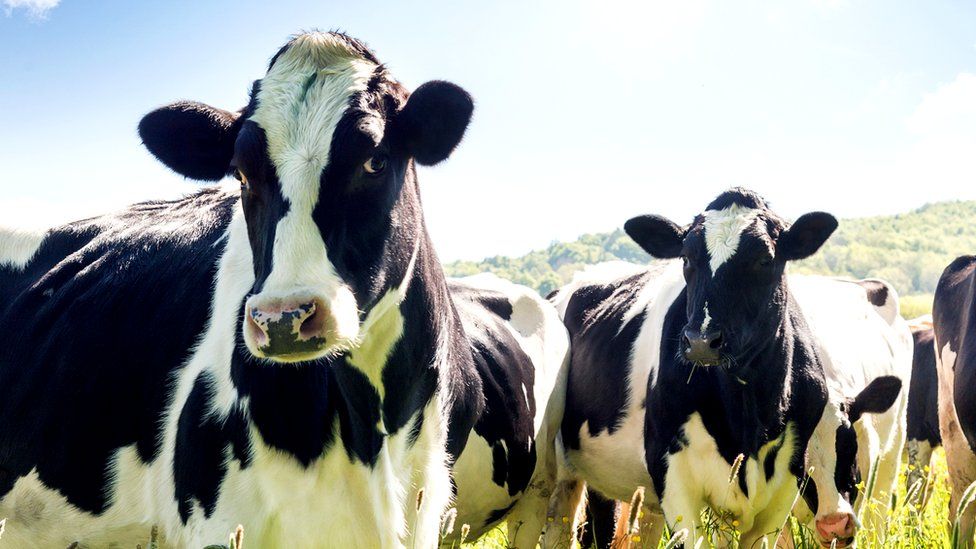
A herder pours water for his camels at a water catchment point in Harshin district, Ethiopia, which is affected by drought
UN aid agencies, working with national authorities and non-governmental organizations (NGOs), are also distributing food to households in need and providing health care, veterinary services and livestock feed.
The agencies have warned of an increased risk of disease outbreaks, which has been plagued by drought in recent years.
A multi-agency national needs assessment will start in next month, approximately one month earlier than originally scheduled, according to OCHA’s latest humanitarian bulletin on Ethiopia.
The Ethiopian Government has requested an additional $75 million for humanitarian assistance this month and in May, while UN agencies and their partners have called for more resources to meet increasing needs and expand operations in the coming months to avoid gaps in aid delivery.
The recent unrest in the Middle East and North Africa has led to a decline in the demand for livestock exports from Ethiopia, reducing the incomes of the affected communities, according to OCHA. High global food and fuel price rises have raised the cost of buying and importing essential commodities, including food.

No comments:
Post a Comment